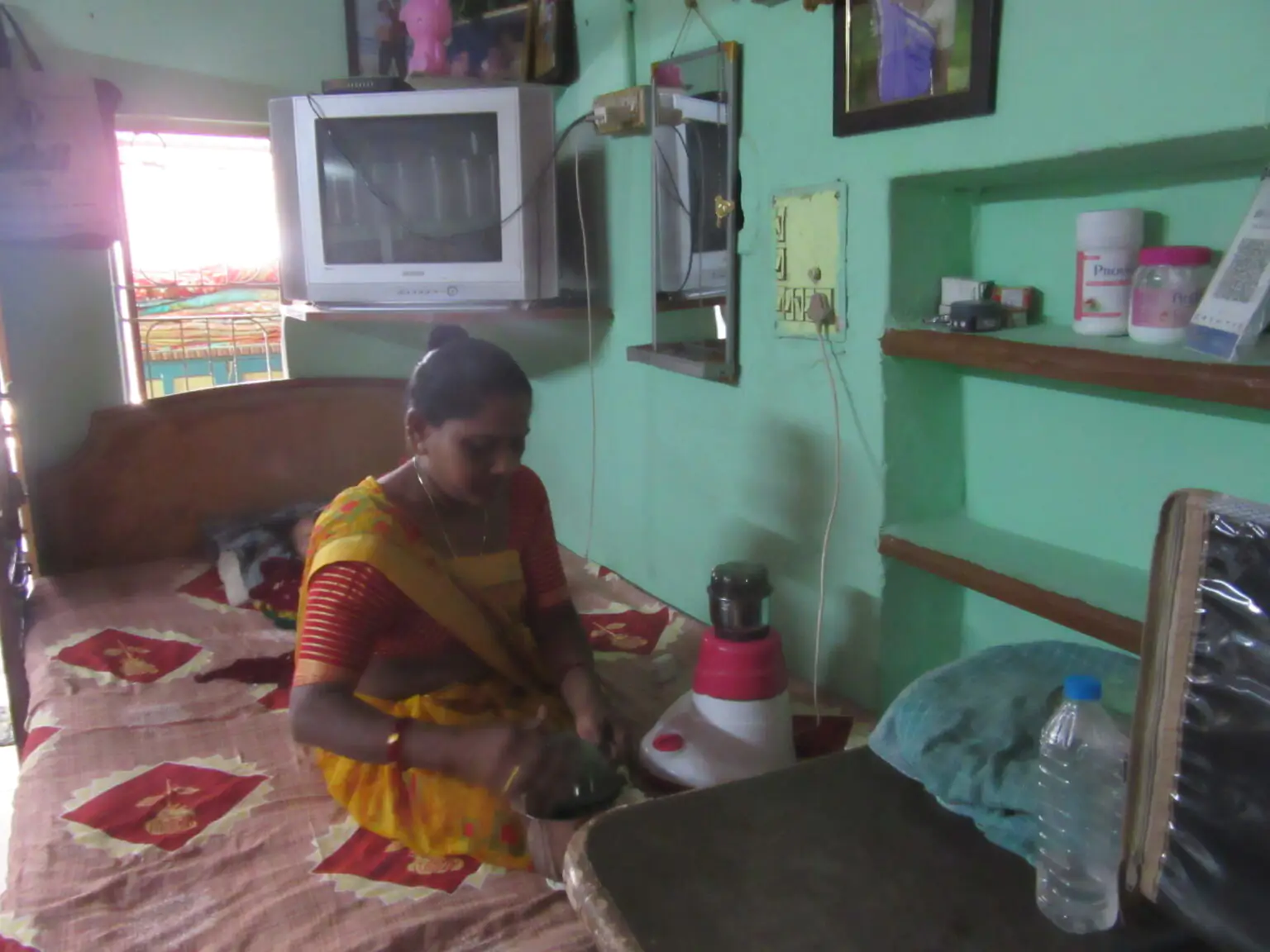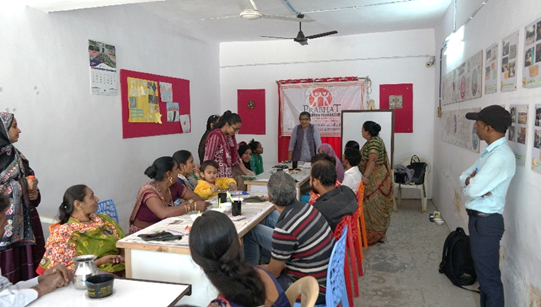
 10th June, 2021
10th June, 2021If you are a person living with a disability in a low- or middle-income country, chances a
Read More
 9th June, 2025
9th June, 2025This blog was originally written for and posted on the Modern Energy Cooking Services prog
Read More